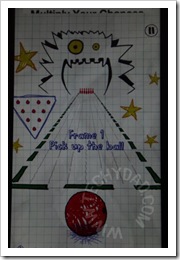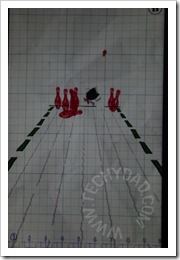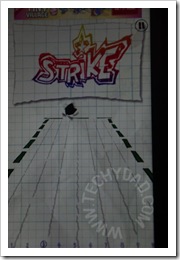The Fine Review Line
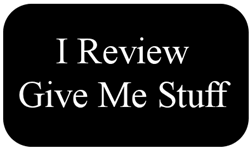 An entrepreneur has made the news for an invention of his. No, it’s not a new smartphone or a revolutionary gizmo. It’s a card. A card designed to drastically improve the quality of service one gets at establishments.
An entrepreneur has made the news for an invention of his. No, it’s not a new smartphone or a revolutionary gizmo. It’s a card. A card designed to drastically improve the quality of service one gets at establishments.
How does it work? Simple. This card lets businesses know that you plan on writing an online review about them. If they value their online reputation, they can lavish you with extra attention, let you bypass lines, or even slash the price you pay. If they don’t give you VIP treatment… well, you never know. You might be forced to write a negative review online that could impact their business. That’d be a shame, wouldn’t it?
If you think this sounds fishy, you aren’t alone. Many in the online community have reacted negatively to these cards. The creator of these insists that nobody is hurt. After all, the business gets a good review and the card wielder gets exceptional service. He even points out that he’s never specifically SAID that the business would get a bad review by not "honoring" his card. Who loses? The answer is: Everyone except the card holder.
The business loses because they need to live in fear of the card holder not being satisfied with how good the VIP treatment is. Even if they lavish attention on the individual, the reviewer may decide it isn’t enough and post a bad review anyway. Plus, all the extra attention they pay to the card holder may result in a lack of attention paid to their other customers (who might post reviews themselves). Other people reading the reviews are hurt as well because the reviewers aren’t disclosing that they got great service thanks to their cards. Those reading the reviews might think this treatment is the norm and then be disappointed when they get treated like regular guests. A treatment which, under normal circumstances, might seem fine, but under the artificially high expectations may seem lacking. These disappointed customers might then publish negative reviews.
In short, it is highly dishonest.
I understand the lure of getting free stuff in exchange for a good review. Whenever I get something to review, there’s a temptation to write a glowing review only to foster a good relationship with the company and get more free stuff sent to me. This isn’t honest, however. If companies are sending me products to review, they are going to get an honest review. This might be positive (if I like their product), mixed, or even negative if the product deserves it. (Thankfully, I haven’t yet encountered anything that needed a full-on negative review.) I also disclose everything that I get from the company so that readers can take that into account. Even if a free product doesn’t sway my judgment, a reader might put less stock in it than in a review from someone who bought the product themselves.
"Free stuff" might be nice, but being an honest reviewer is even better. I’ve even found that companies tend to respect honest reviewers and will seek them out for more reviews. They really don’t like feeling like they are being shaken down for a good review.
So how should a business react if someone flashes this card? I’d recommend one of these two counter-cards. The first was my reaction to the article and the second comes from SelfishMom.
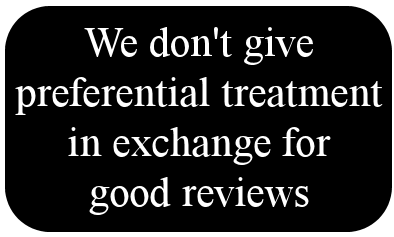
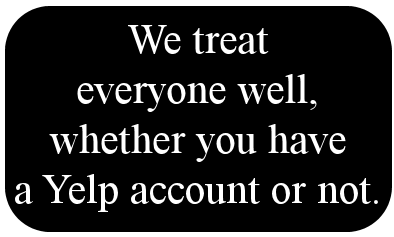
If a customer is tying their positive review to you giving them extra-special VIP treatment for said review, then their review isn’t worth much. Don’t treat them badly, mind you. Just treat them like any other normal guest. If enough businesses refuse to "honor" these cards, then the cards’ power will decline to the point that they will become useless chunks of plastic.

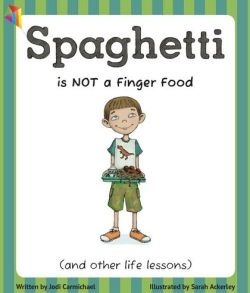 Ever since NHL was diagnosed with Asperger’s Syndrome, I’ve been on the lookout for books, TV shows, and other places where Asperger’s was covered. So when I heard about Spaghetti is NOT a Finger Food by Jodi Carmichael, I knew I had to read it.
Ever since NHL was diagnosed with Asperger’s Syndrome, I’ve been on the lookout for books, TV shows, and other places where Asperger’s was covered. So when I heard about Spaghetti is NOT a Finger Food by Jodi Carmichael, I knew I had to read it.
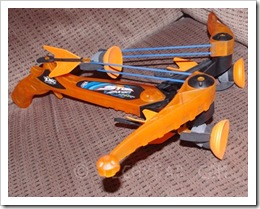

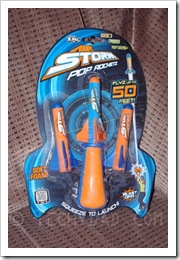
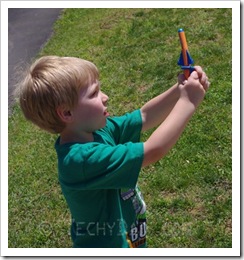
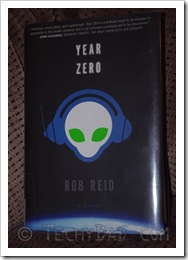 I recently read
I recently read 